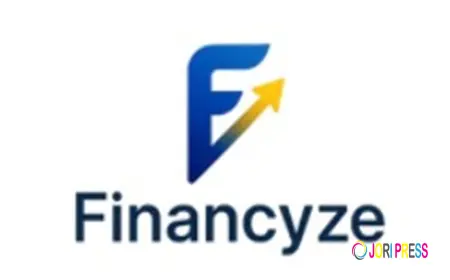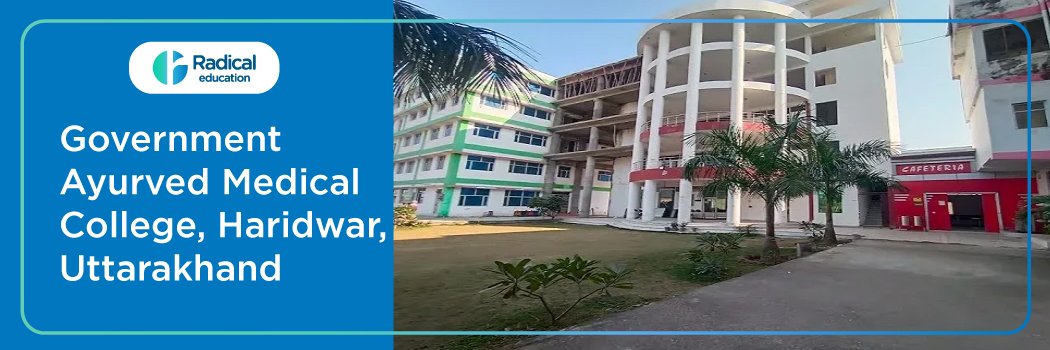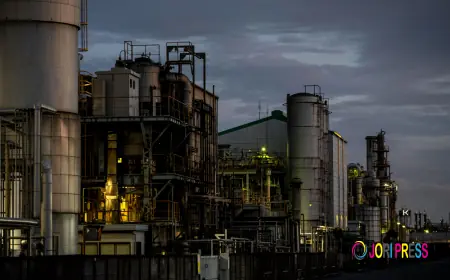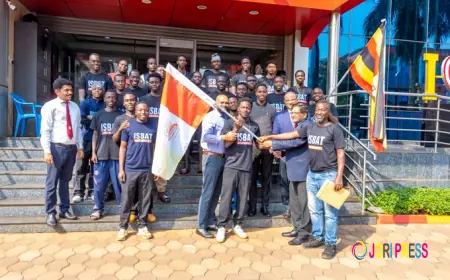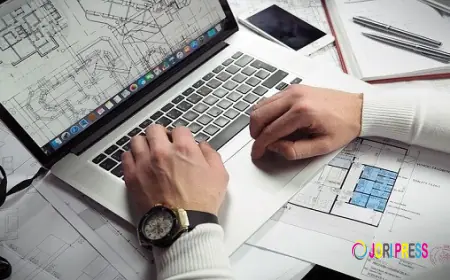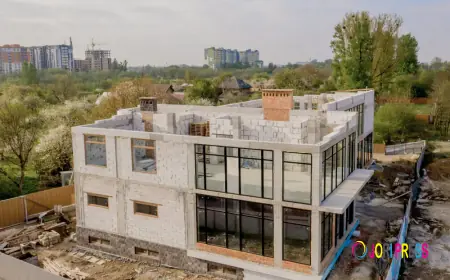H Vertical Axis Wind Turbine
H Vertical Axis Wind Turbine
H-Type Vertical Axis Wind Turbine (VAWT): A Modern Solution for Decentralized Wind Power
Wind energy has become one of the leading sources of renewable energy globally, with the majority of wind turbines being the traditional horizontal-axis wind turbines (HAWTs) seen on wind farms. However, there's a growing interest in vertical-axis wind turbines (VAWTs), especially for urban, small-scale, and off-grid applications. Among these, the H-type VAWT stands out for its unique design, efficiency at low wind speeds, and potential for distributed power generation.
This article explores the H Vertical Axis Wind Turbine, its working principle, design, advantages, disadvantages, and emerging applications.
What is an H-Type Vertical Axis Wind Turbine?
H Vertical Axis Wind Turbine is a type of vertical axis wind turbine that uses straight blades mounted vertically and connected to a central rotating shaft through arms or struts, forming an "H" shape when viewed from the front.
This design is a subtype of the Darrieus wind turbine, which originally used curved blades. The H-type, sometimes called a straight-bladed Darrieus turbine, is a modern variation designed for better mechanical simplicity and structural integrity.
How Does It Work?
The H-type VAWT captures kinetic energy from wind blowing from any horizontal direction. Here's how it operates:
1. Lift-Based Operation
-
The turbine blades are designed like airplane wings (aerofoils).
-
As wind flows over the blades, it creates a lift force perpendicular to the wind direction.
-
This lift force causes the rotor to spin around the vertical axis.
2. Rotation
-
Unlike drag-based turbines (e.g., Savonius), the H-type VAWT uses lift forces to rotate faster and more efficiently.
-
It can rotate regardless of wind direction, making it omnidirectional.
3. Power Generation
-
The rotating shaft is connected to a generator, either at the base (for ground-level systems) or at the top (for tower-mounted systems), which converts mechanical energy into electricity.
Design Features of H-Type VAWT
|
Feature |
Description |
|
Blades |
Straight, vertical aerofoil blades (usually 2–3 blades) |
|
Rotor Orientation |
Vertical axis, perpendicular to the ground |
|
Shaft Location |
Typically located at the base for ease of maintenance |
|
Support Arms |
Horizontal struts connect blades to the central shaft, forming the "H" shape |
|
Materials |
Often made of lightweight composites, aluminum, or carbon fiber |
Advantages of H-Type VAWTs
✅ Omnidirectional Wind Capture
-
No need to orient the turbine to face the wind.
-
Ideal for areas with frequent wind direction changes.
✅ Low-Noise Operation
-
Operates more quietly than large HAWTs, suitable for urban and residential areas.
✅ Low Maintenance
-
Generator and gear system can be placed at ground level, simplifying maintenance.
✅ Better Performance at Low Wind Speeds
-
Suitable for low to moderate wind speed regions.
✅ Compact Footprint
-
Requires less horizontal space, making it ideal for rooftops or urban installations.
✅ Scalability
-
Can be designed for small-scale applications (e.g., home energy) or larger installations in microgrids.
Disadvantages of H-Type VAWTs
❌ Lower Efficiency Compared to HAWTs
-
Lower tip speed ratio and aerodynamic efficiency in large-scale applications.
❌ Startup Torque Requirement
-
May need external power to start in very low wind speeds (unless self-starting mechanisms are added).
❌ Fatigue Stress on Blades
-
The design can lead to cyclic stresses on blades and arms, requiring strong materials and good engineering.
❌ Limited Commercial Deployment
-
Less widely used and studied than HAWTs, so less industrial-scale adoption and development.
Applications of H-Type VAWTs
? Urban and Residential Use
-
Rooftop installations on buildings and houses.
-
Noise-sensitive environments like schools or offices.
⚡ Off-Grid and Remote Areas
-
Rural electrification.
-
Supplementing solar panels in hybrid systems.
? Research and Educational Institutions
-
Ideal for demonstration and training in renewable energy systems.
? Industrial and Commercial Sites
-
Can be mounted on large structures or unused vertical surfaces.
Recent Innovations and Trends
✅ Magnetic Bearings
-
Reduce friction and wear, improving efficiency and lifespan.
✅ Hybrid Systems
-
Integrated with solar panels for continuous energy generation.
✅ Smart Grid Integration
-
Used in microgrid systems for distributed generation.
✅ Advanced Blade Materials
-
Lightweight carbon fiber or composite blades increase durability and efficiency.
Comparison: H-Type VAWT vs. HAWT
|
Feature |
H-Type VAWT |
HAWT |
|
Orientation |
Vertical |
Horizontal |
|
Wind Direction Sensitivity |
Low (Omnidirectional) |
High (needs yaw mechanism) |
|
Noise Level |
Low |
Medium to High |
|
Maintenance Access |
Easier (ground level) |
Harder (top of tower) |
|
Efficiency (Large-Scale) |
Lower |
Higher |
|
Urban Suitability |
High |
Low |
Conclusion
The H-type vertical axis wind turbine presents a compelling solution for decentralized, small-scale, and urban wind power generation. With a unique combination of simplicity, omnidirectional wind capture, and quiet operation, it addresses many of the limitations of traditional turbines in specific environments.
While not a replacement for large horizontal-axis turbines in utility-scale projects, the H-type VAWT shines in areas where traditional systems fall short. As technology and materials continue to evolve, and as interest in clean energy and urban sustainability grows, the H-type VAWT may play a key role in the next generation of distributed renewable energy systems.
What's Your Reaction?
 Like
0
Like
0
 Dislike
0
Dislike
0
 Love
0
Love
0
 Funny
0
Funny
0
 Angry
0
Angry
0
 Sad
0
Sad
0
 Wow
0
Wow
0

